
Published:
Readtime: 10 min
The Lowdown:
Samurai sword hilt
Every product is carefully selected by our editors and experts. If you buy from a link, we may earn a commission. Learn more. For more information on how we test products, click here.
So you’re on the hunt for an authentic katana sword, are you? Then allow me, an actual ninja, to be your guide. And don’t be fooled by the name or picture on the by-line, which is a mere disguise. After all, what kind of ninja would I be if I went around giving everyone my real name? Okay, so now that we’ve established I am in fact a real ninja, you can comfortably take on the role of young apprentice, and follow me into the world of real Samurai swords. Formerly employed by my ancient Japanese ancestors, these durable, curvy swords were once used to decapitate Shoguns, win battles, and protect villages. Nowadays, they’re mostly featured in Quentin Tarantino movies and YouTube videos, but that’s a story for another day.
Now take heed, young warrior, as we explore authentic katana swords in this trusty guide. Below, you’ll discover the history of real Samurai swords, various types of Samurai swords, the most common Japanese blade types, what to look for in a real Samurai sword, where to find real Samurai swords for sale, and more. Hiyah! Just kidding. A real ninja would never make that sound. He would instead creep up behind you silently before dismembering your various body parts with his katana sword. I know because that’s what I would do, and I’m a real ninja.
You’ll also like:
700-Year-Old Katana Found in Australia
How to Sharpen a Knife
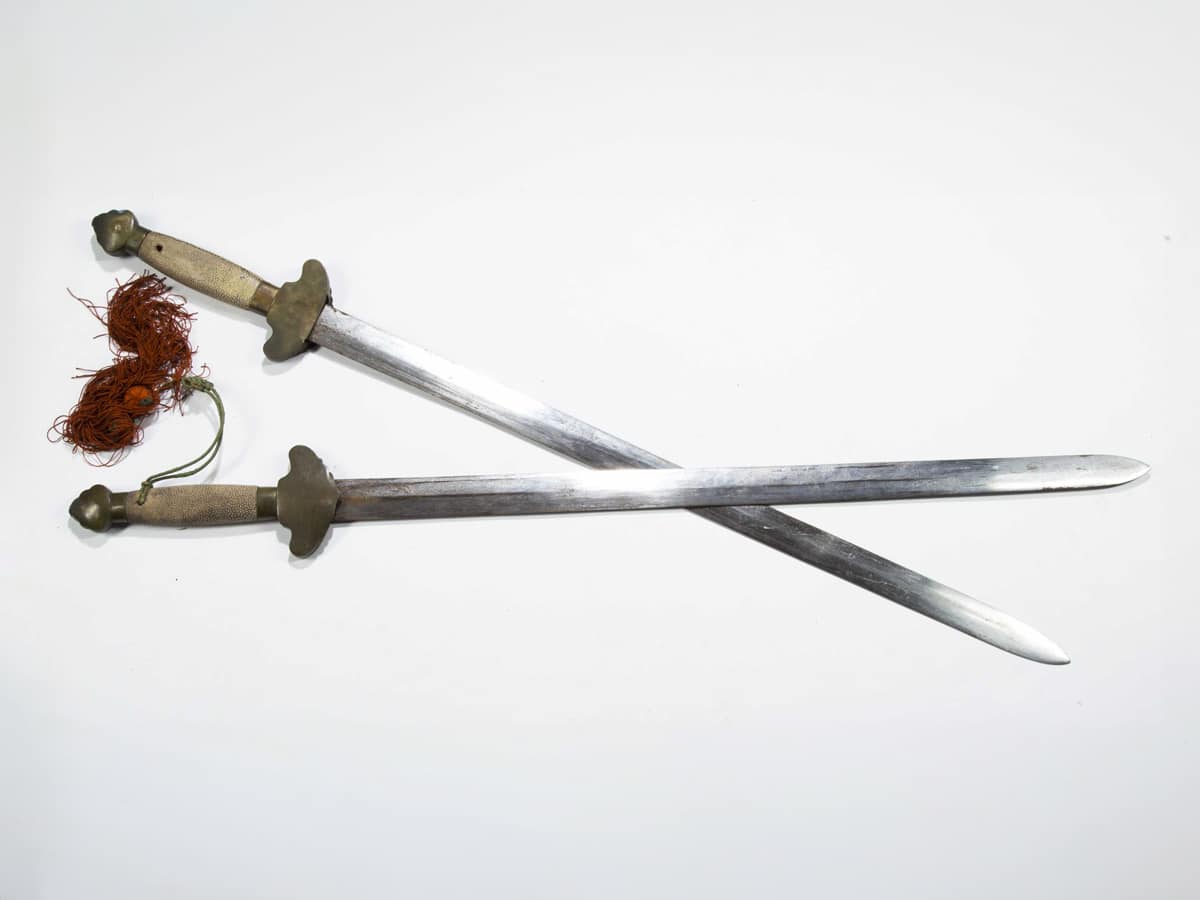
History of the Samurai Sword
According to legend, the earliest Japanese swords were called Chokuto, and they first appeared over 1700 years ago. Directly inspired by Chinese Jian swords, Chokuto swords originally featured a straight, double-edged iron blade. At first, Chinese swords and Japanese swords were essentially the same, but around 700AD, Japanese swords began to take on distinct features like a curved tang (i.e. the part of the blade that extends into the handle). Then a craftsman named Amakuni (supposedly) introduced a single-edged, slightly curved blade type, which was virtually unbreakable compared to what came before it…at least that’s what my ancestors say, and who am I (or you) to question them?

By the end of the 10th century, the majority of Japanese swords were curved from tang to tip, putting them in a class of their own. Anyhow, Japan itself was undergoing radical changes in the 10th and 11th centuries, and carving out a society that had little to do with Chinese influence. As clans waged battle against one another, and Shoguns seized power, a specific type of noble warrior emerged. That warrior went by the name Samurai (aka bushi, aka buke). Sonkei!
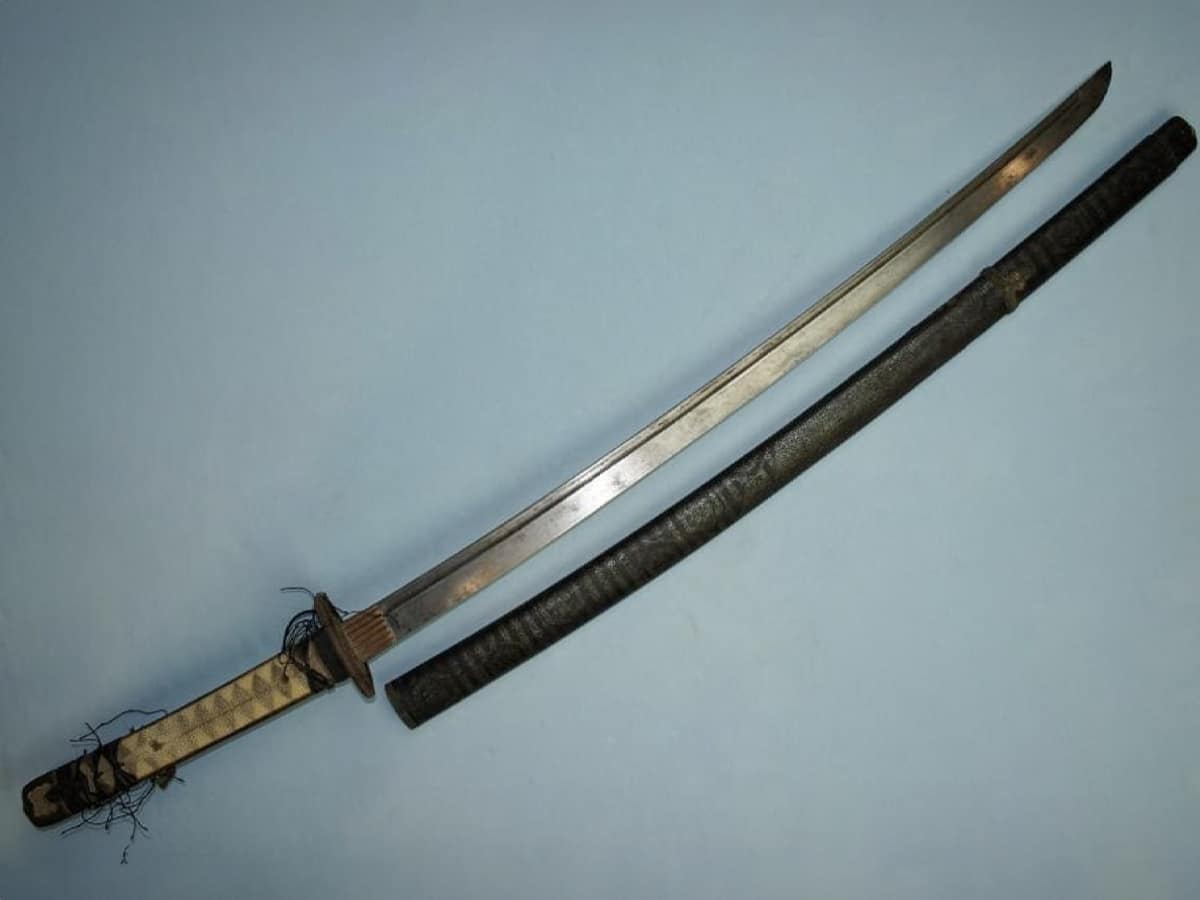
Over the centuries that followed (dubbed the Kamakura and Muromachi periods respectively), Japan would find itself fending off barbaric Mongolian invaders over and over again. With the increased demand for a defense-based military, there came a peripheral increase in Japanese sword making. At long last, the katana sword was officially born. Katana, by the way, basically means any type of curved sword, and refers to both the class of sword and the construction of the curved steel. Meanwhile, no story of the Samurai sword is complete without mentioning the name Masamune (aka Goro Nyudo), who established the Soshu tradition of sword making, introducing the hamon temper line. To this day, Masamune’s katana swords are considered to be among the finest real samurai swords ever created.
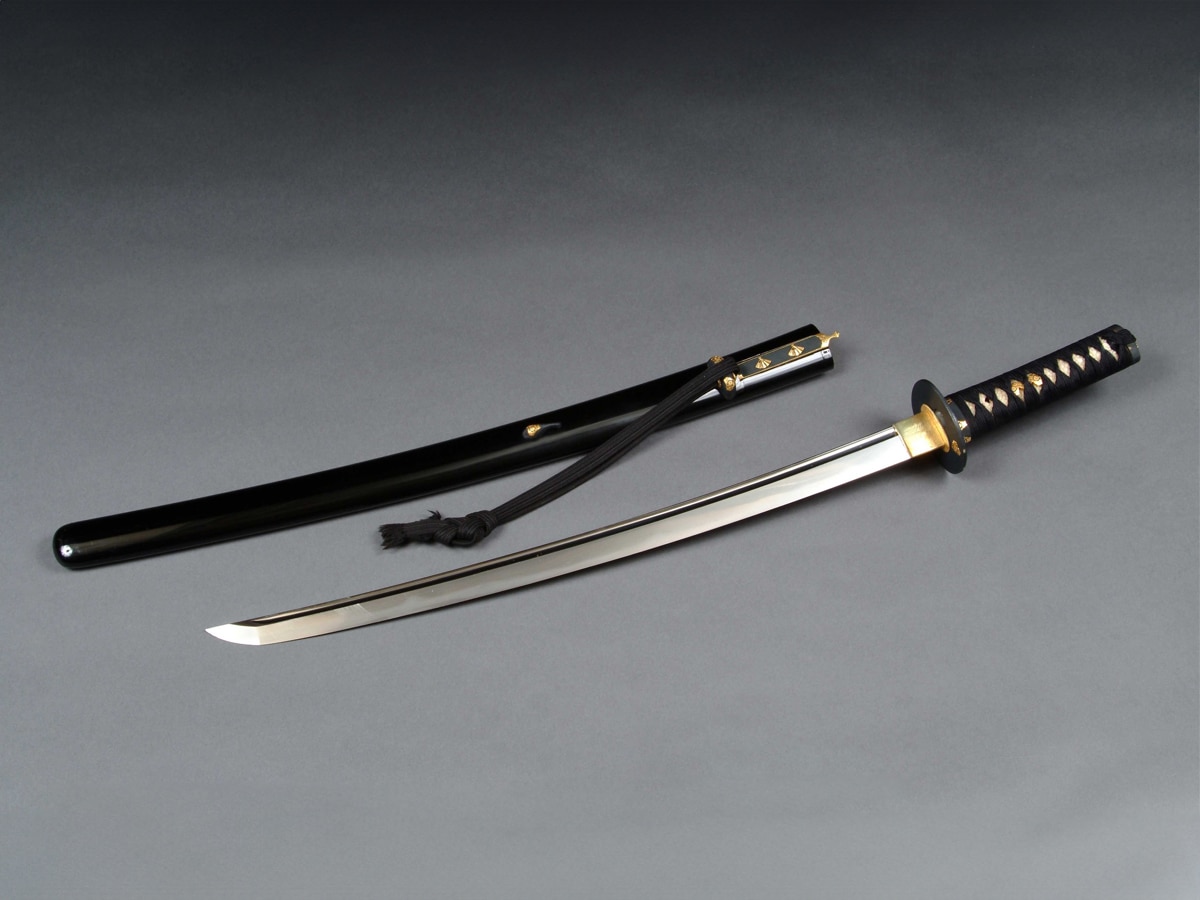
Ultimately, there are five periods of Japanese sword making: Jokoto (ancient history until around 900 AD), Koto (900–1596 AD), Shinto (1596–1780), Shinshinto (1781–1876), Gendaito (1876–1945), and Shinsakuto (1953–present). If Japanese sword history has a Dark Ages, it’s the Shinshinto period, during which the Samurai class was disbanded. Since the end of WWII, however, there has been a renewed interest in crafting authentic katana swords by way of ancient techniques. Additionally, some craftsmen explore new methods of construction, resulting in swords of unparalleled durability. In other words, now is a good time to be a ninja like me! Not a Samurai, though, because those don’t exist anymore.
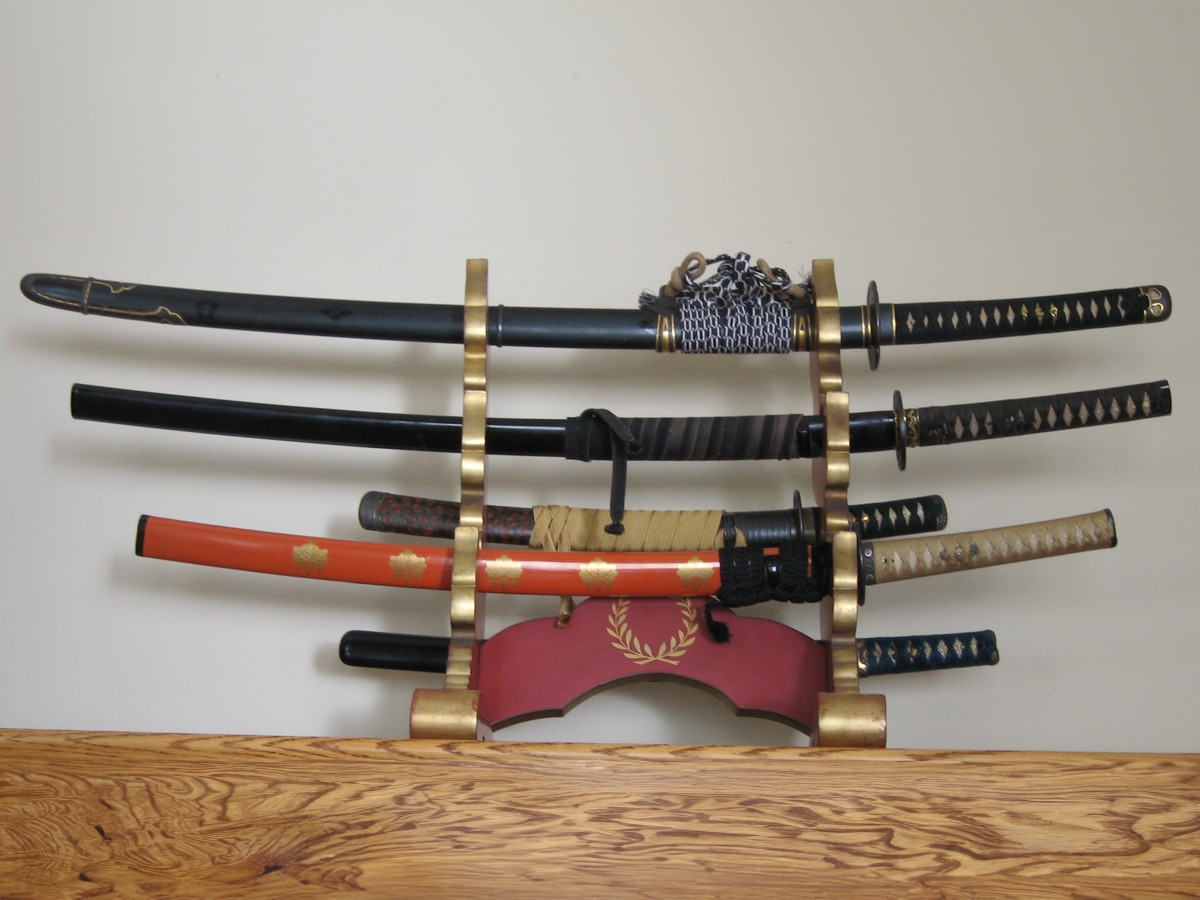
What Are The Types of Samurai Swords?
Given the long history of Samurai swords, it’s no surprise that a number of variants or developments exist. Typically, real katana swords are distinguished by size, age, and curvature. Since I’m a busy ninja, however, I shall break down katana swords into the following four types:
- Tachi – Used during the Koto period, these Japanese swords were distinguished by a curved blade handle, and carried with the edge facing downward.
- Uchigatana – On the heels of the tachi came the uchigatana. It differed by way of a straight handle, and provided variables on the curvature. The word uchigatana breaks down into “uchi” (meaning “to strike”) and gatana (meaning “sword”). At first, uchigatana swords were not of high quality, but once better versions were made, this type of sword replaced the tachi almost entirely. Most authentic modern katana swords draw a direct lineage to the uchigatana.
- Shin-Gunto – During the 19th and early 20th centuries, Western swords of inferior quality supplanted katana swords in Japan. In the 1930s, however, a wave of nationalist pride brought the uchigatana back into fashion, with some modern touch-ups. As a result, the shin-gunto (“new army sword”) was established, and used to execute POWs during WWII. Initially, shin-gunto swords were well-made, but as Japanese resources depleted during the war, the quality of shin-gunto swords consequently suffered.
- Daisho – Daisho (which means “big/little”) is a pair of katana swords–one long (the daito) and one short (the shoto)–which were originally worn by Samurai. Nowadays, the daisho set is the most common type of authentic katana, and one still used by myself and my ninja brethren.
Parts of an Authentic Katana Sword
Below is a list that defines the different parts of a Katana sword:
- Hamon: The differential line in the hardening of the blade.
- Hi: A longitudinal groove on the blade to make it lighter and absorb and distribute shock stress, preventing the blade from being damaged.
- Habaki: A wedge-shaped metal collar used to keep the blade from falling out of the wooden scabbard.
- Kaeshizuno: A hook used to lock the katana’s scabbard onto the obi (sash on a kimono).
- Kissaki: The tip of the katana.
- Koiguchi: The opening of the katana’s scabbard.
- Menuki: The ornaments found on the hilt of the sword.
- Nagasa: The length of the sword.
- Same-kawa: Liner for the handle of the blade.
- Saya: The wooden scabbard for the sword.
- Sori: The curvature of the blade.
- Tsuba: A guard or buckler used for decoration.
- Tsuka: The handle of the blade, which is made long enough for two hands to grip.
- Tsuka-ito: The stringing of the handle.
- Wari-bashi: A pocket to store metal chopsticks.
How Samurai Swords Are Made
Authentic katana swords are forged from two types of Japanese steel: high-carbon and low-carbon. High-carbon steel is supremely hard, thereby allowing for a sharp edge. By contrast, low-carbon is strong and tough, enabling shock absorption. A sword made of one type of steel would be ineffective, which is why both types work together to create authentic battle-ready katana swords. To see how it all goes down, watch the YouTube video above, while I run off to assassinate a Yakuza underboss. Be right back.
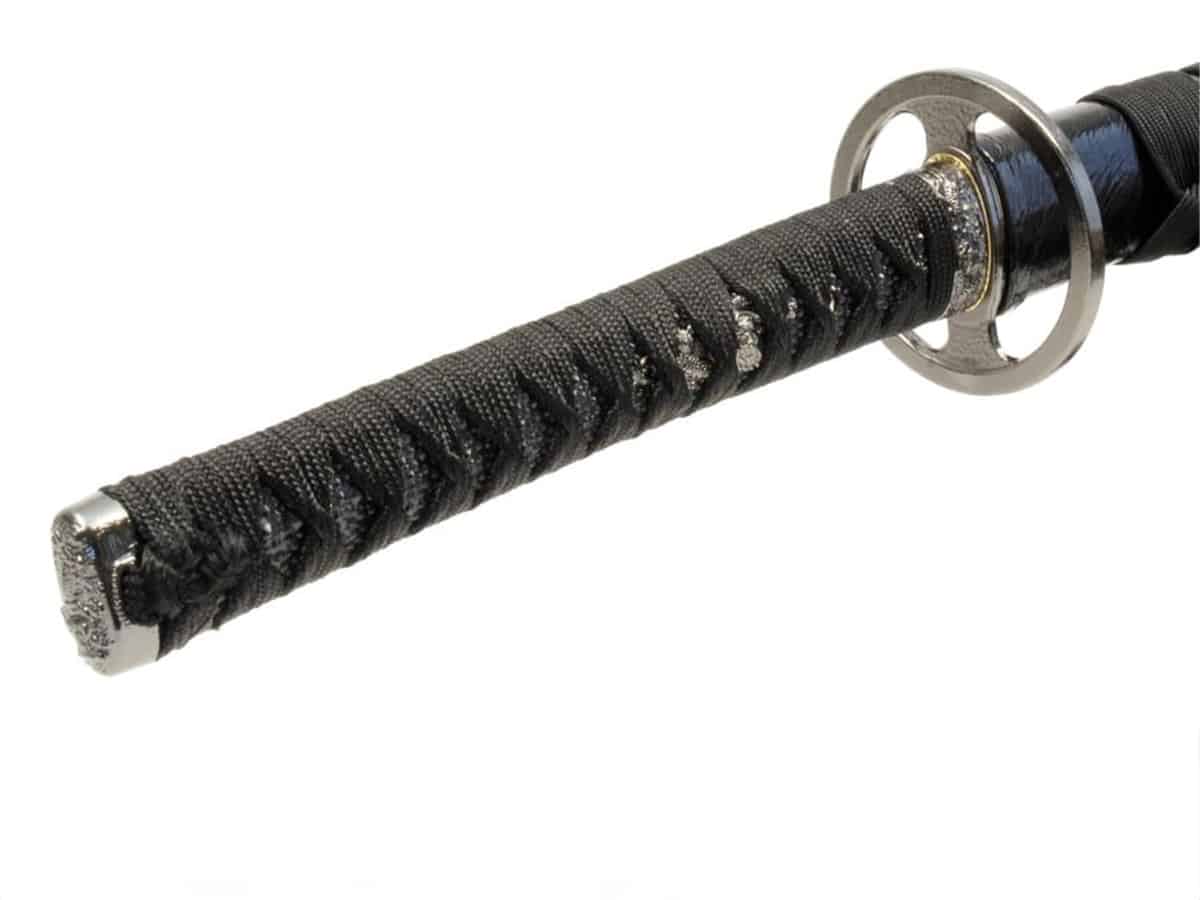
What to Look For When Buying a Real Samurai Sword
According to the purists, authentic katana swords should be handmade in Japan by a master craftsman, with a real hamon temper line to show for it. The sword should furthermore be razor-sharp, exceptionally balanced, and meticulously detailed. As if that wasn’t enough, the sword should be made of steel, but not stainless steel. It should also deliver a brilliant shine, and possess a Mekuki, aka the peg that holds the blade to the handle. Of course, none of this helps you much if you’re buying online from a stranger. That’s why it’s most important to buy from a verifiable source, and leave nothing to chance. Given how expensive authentic katana swords are, you might actually want to travel to Japan when buying one. I’ll see you there!
How Much Does a Real Samurai Sword Cost?
If only the most authentic katana sword will suffice, expect to pay anywhere between $4K-10K. For everyone else, consider the following variants:
- Ornamental Katana Sword – For about $100, you can get your hands on a bare-bones katana sword. Before purchasing, make sure it’s made of tempered carbon steel (not stainless steel), have a full tang, and weigh less than 3 pounds. Will it slice things? Probably. But for the most part, you’ll just hang it on the wall to impress your friends.
- Japanese Sword with a Real Hamon Line – For anywhere from $200-$500 USD, you can score an authentic Japanese sword. To identify it as such, look for the hamon line, which is achieved by claying and tempering the blade to make the edge harder than the spine. Will it be a real, authentic Samurai sword? No, it will not, according to purists. But it’ll do you just fine.
- Beater Katana Sword – These inauthentic katana swords have been monotempered for toughness, and are missing the hamon line. As a result, they can take a real beating, hence the name. Expect one to run you about $300 USD.
Of course, this is all just a cursory glance into the world of Samurai swords. Should you be seeking more information on real samurai katanas, use the Internet, or go watch Kill Bill for the tenth time. I’m a ninja, after all, and I can’t be spending all my time teaching you about swords just so you can turn around and drop $50 on some flashy wall ornament. Ganbatte kudasai!
General FAQ
Authentic katana swords are difficult to come by and can cost anywhere from US$4,000 up to US$10,000 and even higher.
In most places around the world, real katana swords are legal. Generally, most samurai swords don’t require a special licence or permit to own.
Traditionally, Japanese samurai carried two types of swords, the shorter of which was a wakizashi, while the longer was a katana.
You’ll also like:
700-Year-Old Katana Found in Australia
The Hidden Japanese Knife Store in Sydney
How to Sharpen a Knife


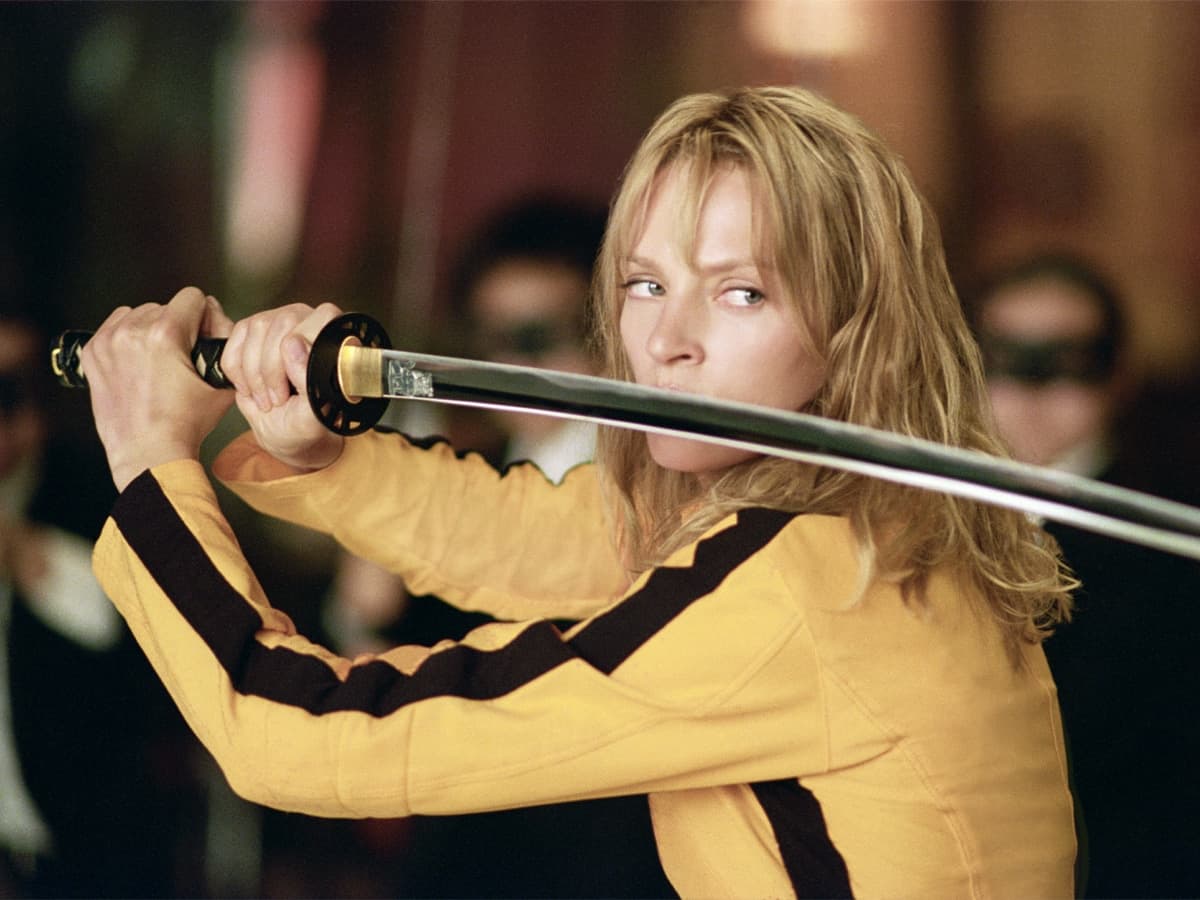


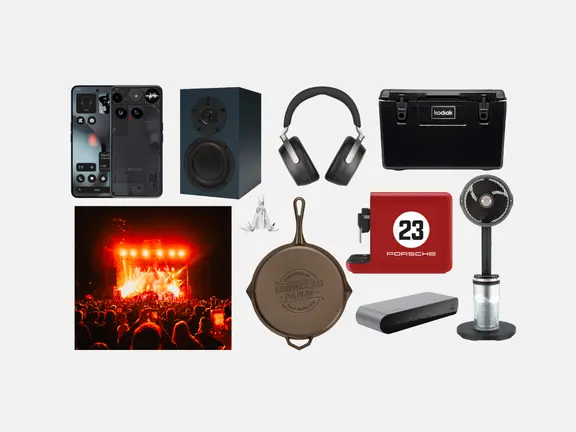
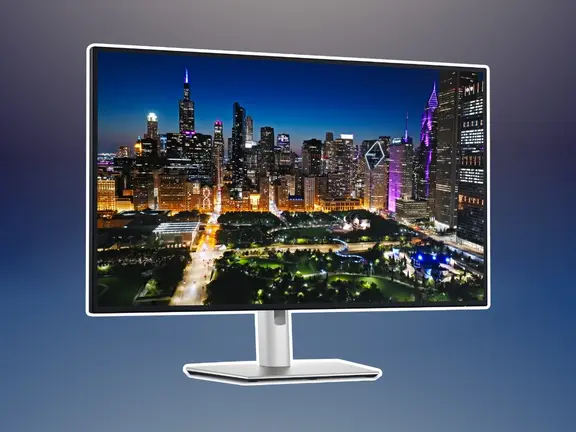





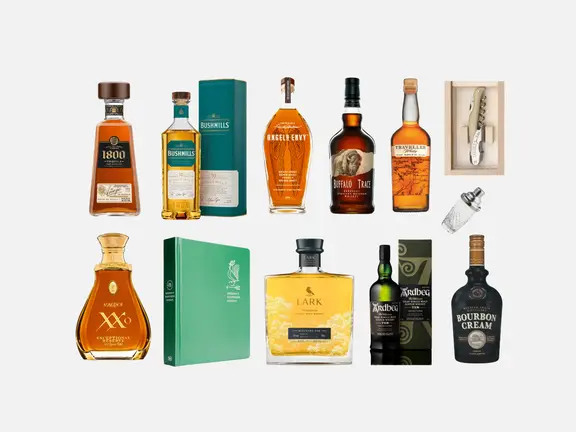
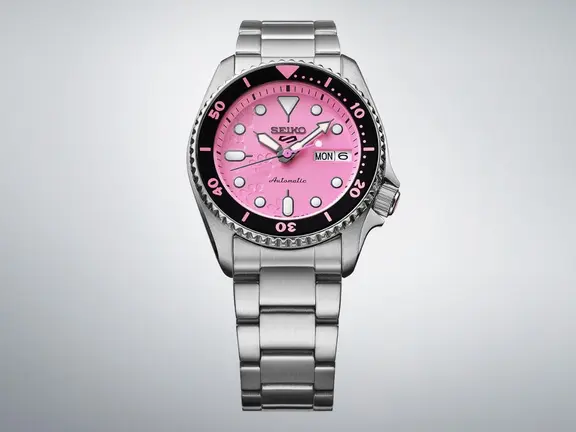
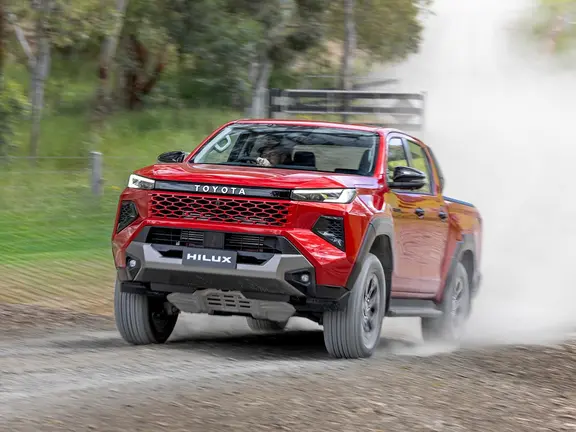




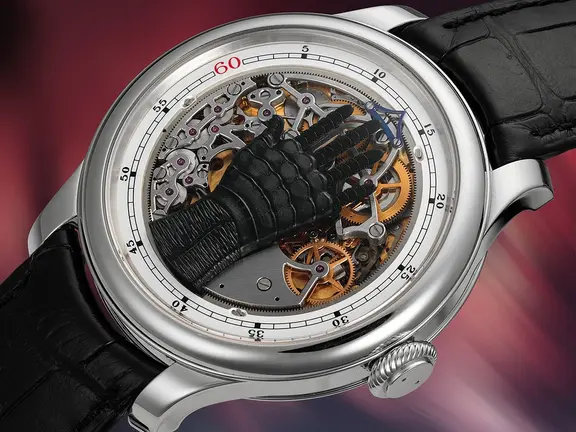

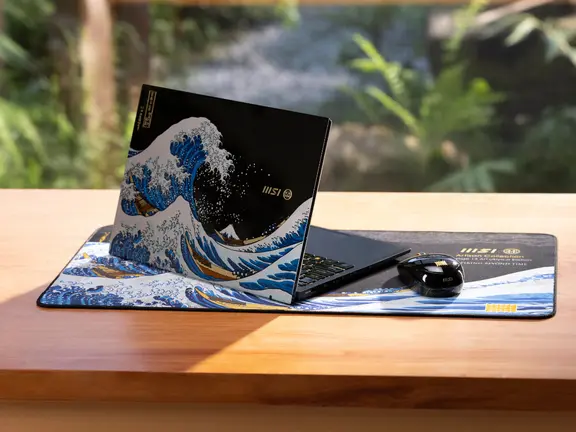
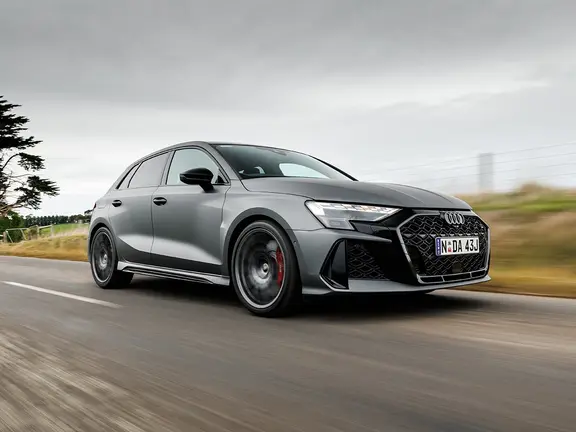


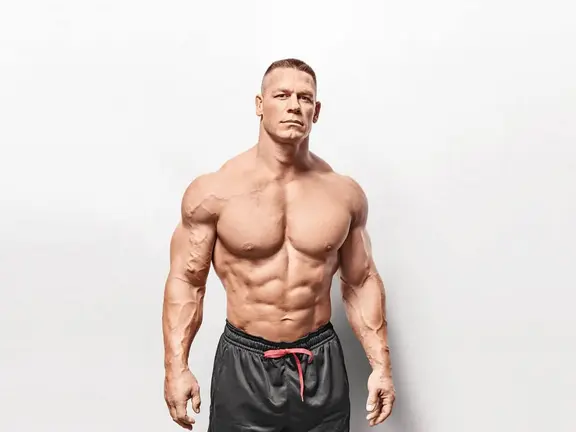

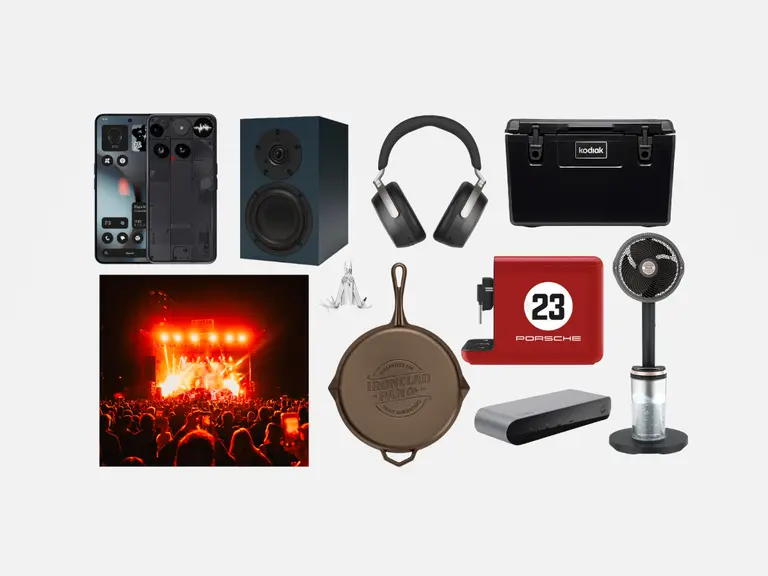






Comments
We love hearing from you. or to leave a comment.